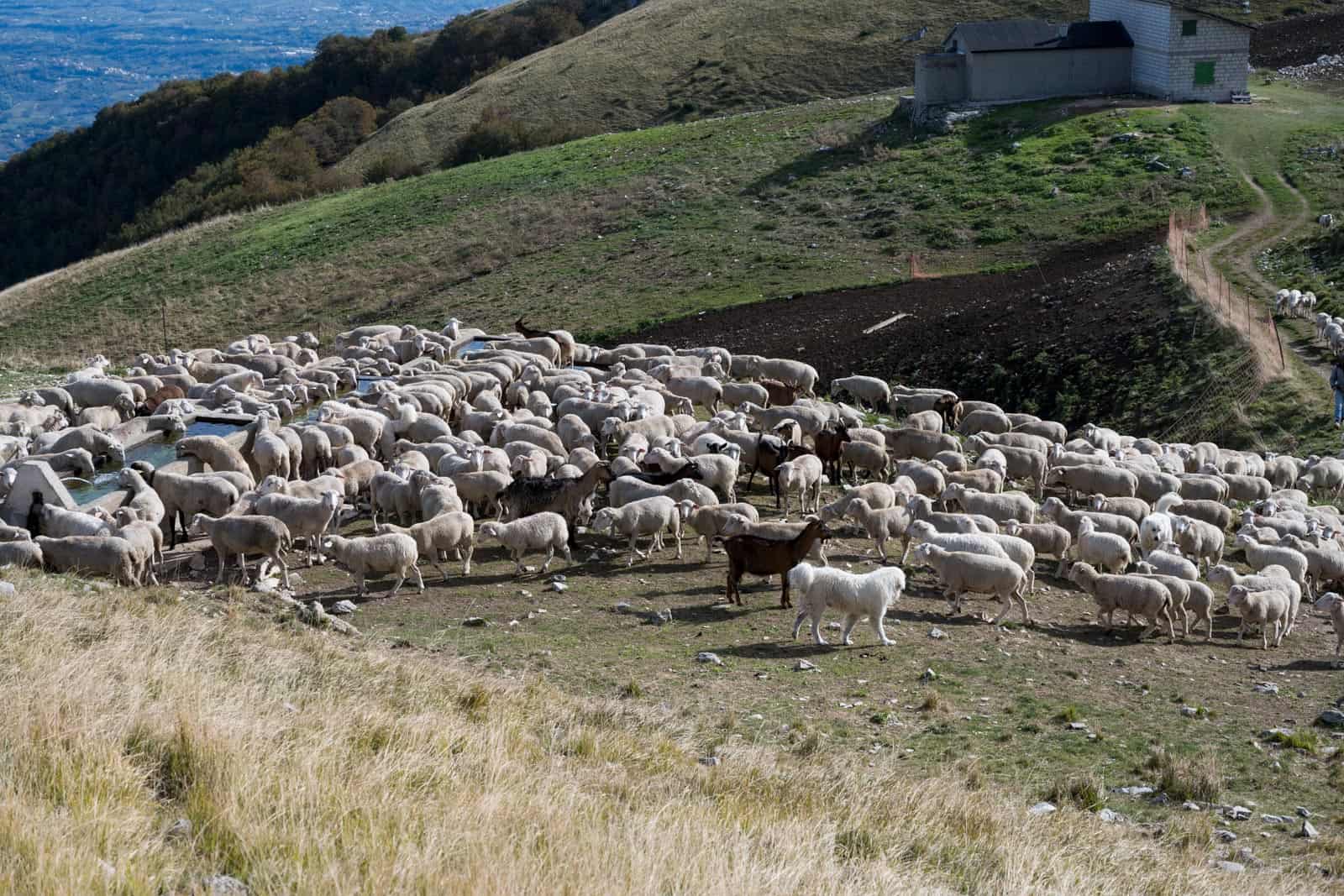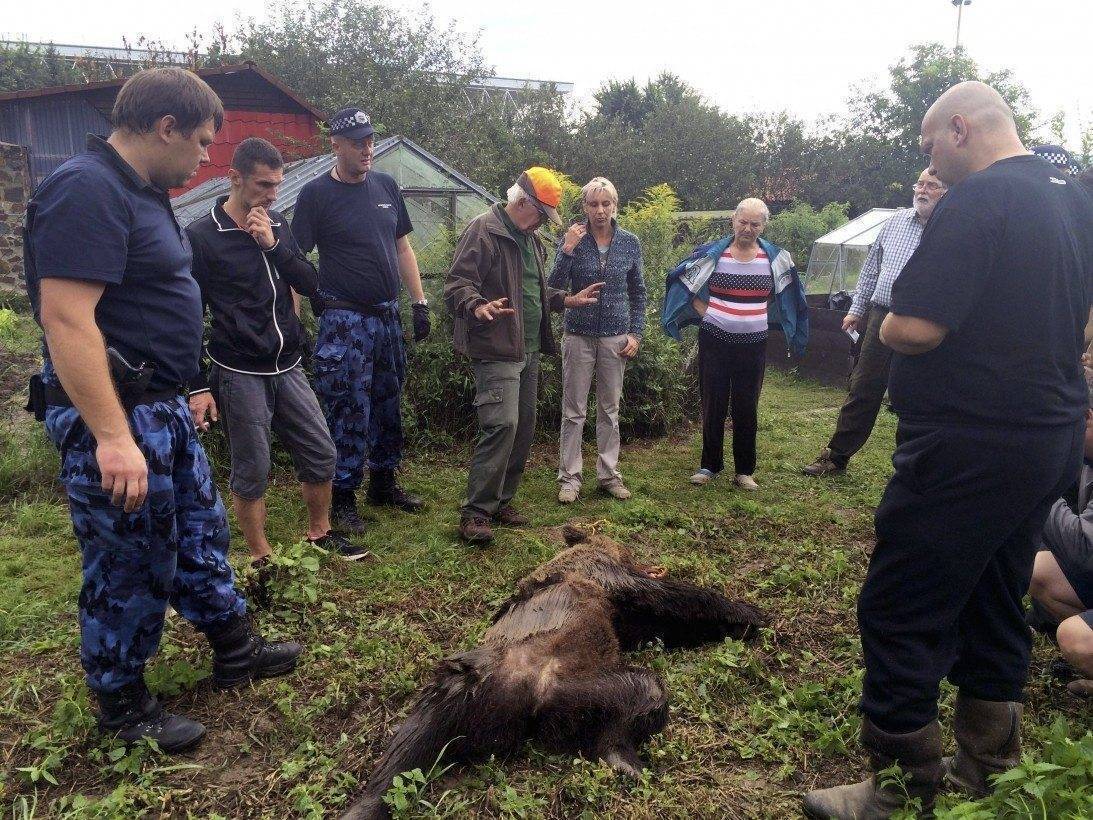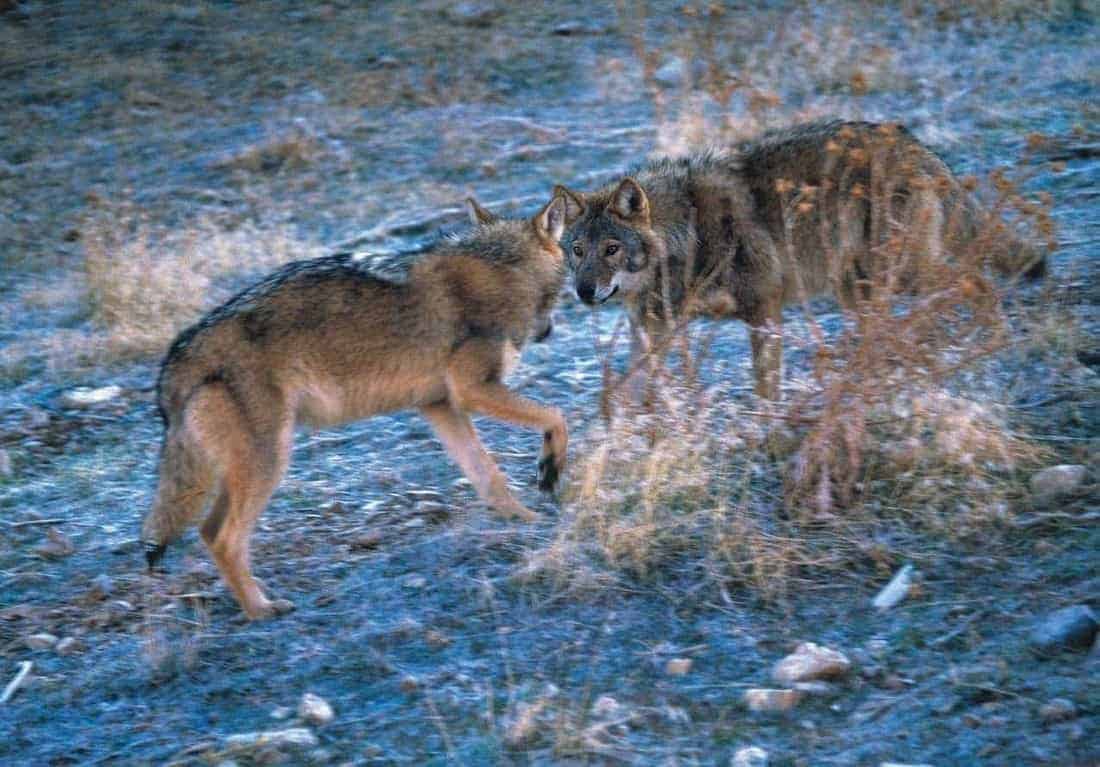Biodiversity and domestic grazing in the mountains
Grazing domestic animals in the mountains was the basic activity of man since ancient times. It happened in the foothills but even more often high in the mountains. Expanding the grazing activities was the main motive for the deforestation of a significant part of mountain areas in most European countries.
The result was a significant retreat of the forest and its replacement by grasslands. Lands deforested in this way, particularly in the lower areas, were later used for agricultural production. In the middle and higher mountainous areas were used to a large extent for the intensification of breeding of domestic animals such as cows, sheep, horses and goats.
Secondary grass communities
Due to the influence of human activity, the European mountain regions significantly changed. Mountain ranges such as the Alps, the Balkan and Dinaric mountains were marked by grazing as early as the 1st-8th century. In a large part of the Carpathians, especially in the more remote places, it was only during the 14th-15th century. https://wilderness-society.org/how-the-wallachians-changed-the-alpine-treeline/
Native mountain forests and mugo pine forests were completely removed in some places and replaced by herbaceous communities. By logging or burning forests, gradually very extensive grassy communities were created.

A richness of species
At the beginning, man made ecosystems of secondary grassy communities together with the remnants of preserved forest ecosystems represented a natural heritage with an interesting gene pool. A large part of secondary created grassy communities that is well managed is usually species rich and diverse.
Existence of rich biodiversity
A condition for the existence of rich biodiversity on man made grassy communities is their long term and consistent active management. This is primarily about grazing by an adequate number of domestic animals, regular mowing of suitable areas, mowing following the areas where conditions allow alternating grazing with mowing, as well as careful fertilization with the excrement of grazing animals.
Another important condition to get and maintain man made biodiversity of grassland communities is to create a sustainable grazing model. That means that the pastures must be maintained regularly and on long-term, usually for more than 20 years.
Food and biodiversity
Man made and continuously managed ecosystems of secondary grassy communities are often used as a positive example of the coexistence between man and nature. This model provides a number of significant benefits in the form of milk and milk products but also wool and meat. In addition, as a by-product, a unique biodiversity with a very pleasant and attractive landscape can be created.
Grazing in the mountains is really a very unique and interesting example of how smartly man can manage natural resources. To make this statement true, it is necessary to very carefully maintain a number of livestock, regular pasture maintenance and respect the carrying capacity of the land. http://vutphp.sk/wp-content/uploads/Manazment-biotopov-travnych-porastov.pdf

Conclusion
In mountainous landscapes, biodiversity and grazing engage in a delicate dance, shaping intricate ecological dynamics. Grazing, when managed sustainably, can foster diverse plant communities, enhance habitat complexity, and support various wildlife species.
Balancing human activities and conservation efforts is pivotal to maintaining the fragile harmony between biodiversity and grazing, ensuring these majestic mountain ecosystems thrive for generations to come.
By managing grazing in mountain realms, we can create an interesting biodiversity’s masterpiece. It demands a prudent stewardship, ecological insight, and a dedication to balance and to create ecosystems where natural productivity and biodiversity are combined.










The most beautiful and species-rich places can be found in Switzerland where the hobby animal keepers have migrated, for example in the National Park or Centovalli. In the Swiss National Park, the change from livestock to wildlife grazing led to a completely new biodiversity, in some cases up to a doubling. Sheep infect wild animals with diseases. https://wildbeimwild.com/risse-trotz-herdenschutz-wie-ist-das-moeglich/